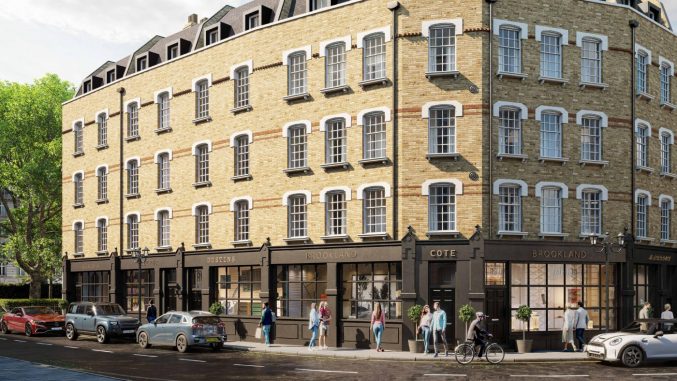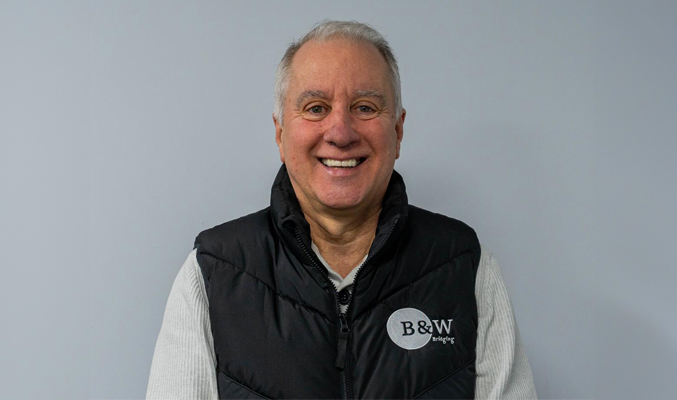Can bridging lenders undo the 80s?
By Hannah Duncan

A piercing in one ear. Men with enormous perms. Puddings that sound like pornographic novels. These were some of the defining features of the 1980s. But they weren’t the most enduring.
In the 80s, the idea of owning and investing in property was flooding the UK faster than an Arctic Roll in heat… And it’s still going strong today.
An insatiable appetite for property
Baby Boomers and Gen-X hit house-buying age around the time that Thatcherite schemes like “Right-to-Buy” came full-pelt into force. While this was great news for the surge of aspirational home-owners, it was disastrous for cheap rentals and council housing.
Affordable homes plummeted. What’s more, with the rise of “Buy-to-Let” mortgages, property investment became a national obsession. Between 1980 and today, house prices have shot up by an insane 1,125%! In 1988 alone, property house prices in the UK jumped by a whooping 25.6%. Ouch.
If property investors couldn’t make money, buildings were let out until they did. One Greater London Authority report found 42% of London’s homes sold under Right-to-Buy are privately let. Rent multiplied three or even four-fold, pushing the most vulnerable out on the streets. Disturbingly, between 1978 and 1992, the number of homeless people in the UK tripled.
Nearly half a decade of mass-market property investing has taken it’s toll. House prices today far outpace wages.
Today’s housing crisis
As the Financial Times put it, these 80s schemes led to a “nation of property hoarders”, triggering a housing bubble that would make home ownership almost impossible for future generations. Today, just 12% of low-income households can afford to buy a home, compared to 26% in 1980.
First-time buyers have no choice but to delay life while they save for deposits. Worryingly, half of adults under 35 STILL live with their parents. Swimming against a tide of impossibly high rent and extortionate house prices, it’s easy to see why. Perhaps you know someone who has a portfolio of properties, and probably they’re not under 35.
Can bridging lenders help?
So… the big question …. If property investment led us into this crisis, can it get us out again? Could we somehow undo this divide like squishing back together two pieces of a banana split? Or are we as set in our ways as a steamed spotted dick?
Rather than being a quiet-yet-complicit part of the problem, bridging lenders are helping.
“Lenders can absolutely play a vital role in the “S” of ESG”, emphasizes Ben Barbanel, OakNorth Bank’s Head of Debt Finance. “[This can] enable the UK to tackle the housing crisis even if they’re not directly lending to the end-resident or consumer”.
OakNorth are among a handful of lenders looking to take an active role in fixing the crisis. Or, at least not making it worse. Of the 25,000 new homes OakNorth has financed, over 21,000 are for affordable or social housing. Others, like Octopus Real Estate and Impact Capital Group are also leading the charge, transforming the face of purposeful lending.
“As a responsible lender, we lend to developers and housebuilders who have made social and affordable housing a core part of their offering, and that are building homes that are genuinely affordable to those on low incomes. – Rather than simply building developments with the minimum required number of affordable homes needed to secure planning permission from the Council”, explains Barbanel.
As Barbanel hints, helping out doesn’t need to be as clear-cut as lending money to councils directly. The process is nuanced, and lenders must think creatively.
“Right-sizing” could unlock 15 million rooms
There are already 15 million “surplus” bedrooms in homes of the elderly. By 2040, this will explode to 20 million.
Studies show many pensioners want to downsize. After all, a family home can be an unnecessary financial and physical burden. But since there are so few suitable options on the market, they simply stay put.
Solving this problem with accessible and manageable homes wouldn’t just be a win-win. It would be a win-win-win. Like a Bombe Alaska with a glass of sherry on Christmas day.
Helping elderly home-owners downsize – known as “right-sizing”- could make a real impact. It frees-up homes. And since the loan is asset-backed, the risk is low for lenders.
Come on bridging lenders!
There’s another solution too. A delightfully radical one. Ready? …Sometimes, saying no is the most powerful thing we can do.
Take UK student accommodation, for example. Since the 1980s, rent has more than doubled. While a few greedy investors make a dirty profit, graduates are saddled with grotesque debts making home ownership even more unattainable.
Or the insanely wealthy families who buy up vast mansions and keep them empty for tax reasons. Not to mention shelf-companies investing in rental property all over the UK, squeezing the lifeblood out of households with their high rates. Ugh.
Saying NO to these investors can help fix the crisis.
…And saying YES to truly affordable solutions can be more magnificent, fruitful and explosive than an fully-loaded Knickerbocker Glory. Come on lenders!!

Hannah Duncan is a freelance writer with a passion for finance, sustainable investing and fintech. She loves writing engaging content for industry magazines and investment services, as well as keeping a personal blog at www.hdinvestmentcontent.com










You must be logged in to post a comment.